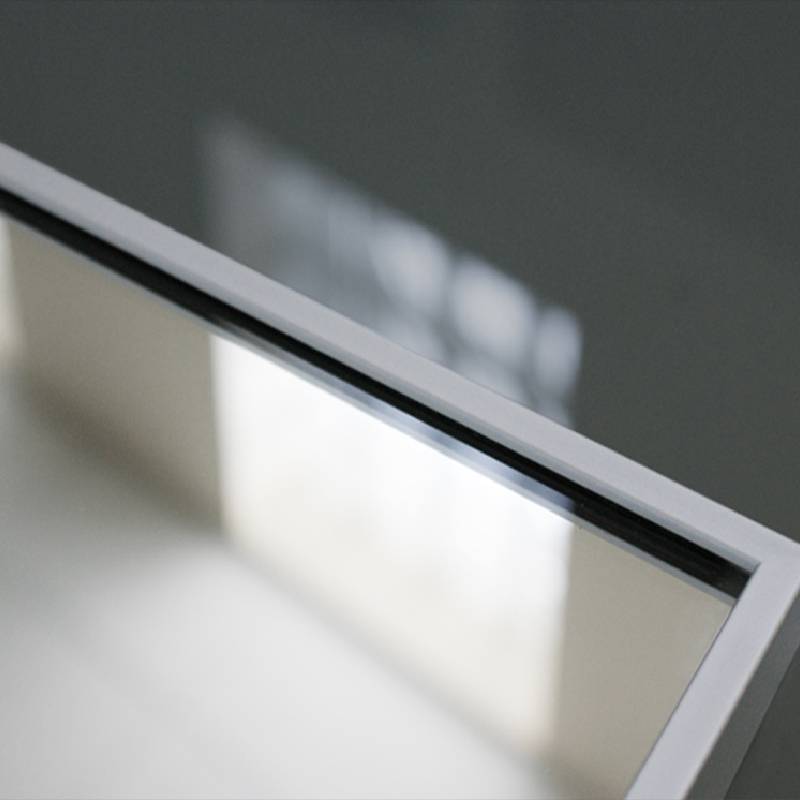

The Benefits of Soft Coat Low-E Glass in Modern Architecture
In the realm of modern architecture and energy-efficient design, soft coat low-emissivity (low-E) glass has emerged as a crucial component for residential and commercial buildings alike. This advanced glazing technology offers a multitude of benefits, making it a preferred choice for architects, builders, and homeowners who seek to enhance comfort, reduce energy costs, and improve sustainability.
Understanding Soft Coat Low-E Glass
Soft coat low-E glass is produced by applying a microscopically thin, transparent metallic coating to the surface of the glass. This coating is manufactured using a process called sputtering, where a metal is vaporized and deposited onto the glass at a very high temperature. Unlike hard coat low-E glass, which is applied at high temperatures during the glass production process and is more durable but less effective, soft coat low-E glass is produced at lower temperatures, resulting in greater thermal performance and increased clarity.
The primary function of the low-E coating is to control the transfer of heat across the glass, allowing natural light to enter while minimizing unwanted heat gain in the summer and heat loss in the winter. This is achieved by reflecting infrared radiation while allowing visible light to pass through.
Energy Efficiency
One of the most significant advantages of using soft coat low-E glass is its contribution to energy efficiency. By reducing the amount of ultraviolet (UV) and infrared (IR) radiation that enters or escapes through windows, soft coat low-E glass helps maintain a stable indoor climate, reducing the reliance on heating and cooling systems. This feature can lead to significant energy savings, which is especially beneficial in climates with extreme temperatures. Homeowners can experience lower energy bills, while commercial buildings can achieve reduced operational costs, making this glazing option both economically and environmentally smart.
Enhanced Comfort

In addition to its energy-efficient properties, soft coat low-E glass enhances the overall comfort of indoor spaces. By minimizing drafts and cold spots caused by temperature fluctuations, occupants can enjoy a more consistent and comfortable environment. Furthermore, this glass type reduces glare, which can be particularly advantageous in office settings where screen visibility is crucial. The reduction in UV radiation also protects indoor furnishings, flooring, and artwork from fading, ensuring longevity and aesthetic appeal.
Aesthetic Appeal
The aesthetic qualities of soft coat low-E glass cannot be overlooked. Available in various finishes and thicknesses, it can be seamlessly integrated into different architectural styles, from sleek modern designs to more traditional looks. The clarity of the glass allows for unobstructed views, which enhances the connection between indoor spaces and the natural environment outside. As architects and designers continue to prioritize natural light in their projects, soft coat low-E glass stands out as an ideal solution.
Sustainability
As global awareness of environmental issues grows, builders and homeowners are increasingly seeking sustainable building materials. Soft coat low-E glass contributes to green building practices by reducing energy consumption and lowering carbon footprints. Many soft coat low-E glass products are also manufactured under strict sustainable guidelines, ensuring that the materials and processes used are environmentally friendly. By incorporating this type of glazing into new constructions or renovations, property owners can actively participate in initiatives such as LEED certification and other green building standards.
Conclusion
In summary, soft coat low-E glass represents a significant advancement in glazing technology, offering a remarkable combination of energy efficiency, comfort, and aesthetics. As the demand for sustainable building practices continues to rise, this innovative glass type is likely to become a staple in both residential and commercial projects. By choosing soft coat low-E glass, architects and builders can not only enhance the performance and beauty of their designs but also contribute to a more sustainable future. Whether you are constructing a new home, renovating an existing space, or planning a commercial building, considering soft coat low-E glass could be one of the best decisions you make for the environment and your comfort.